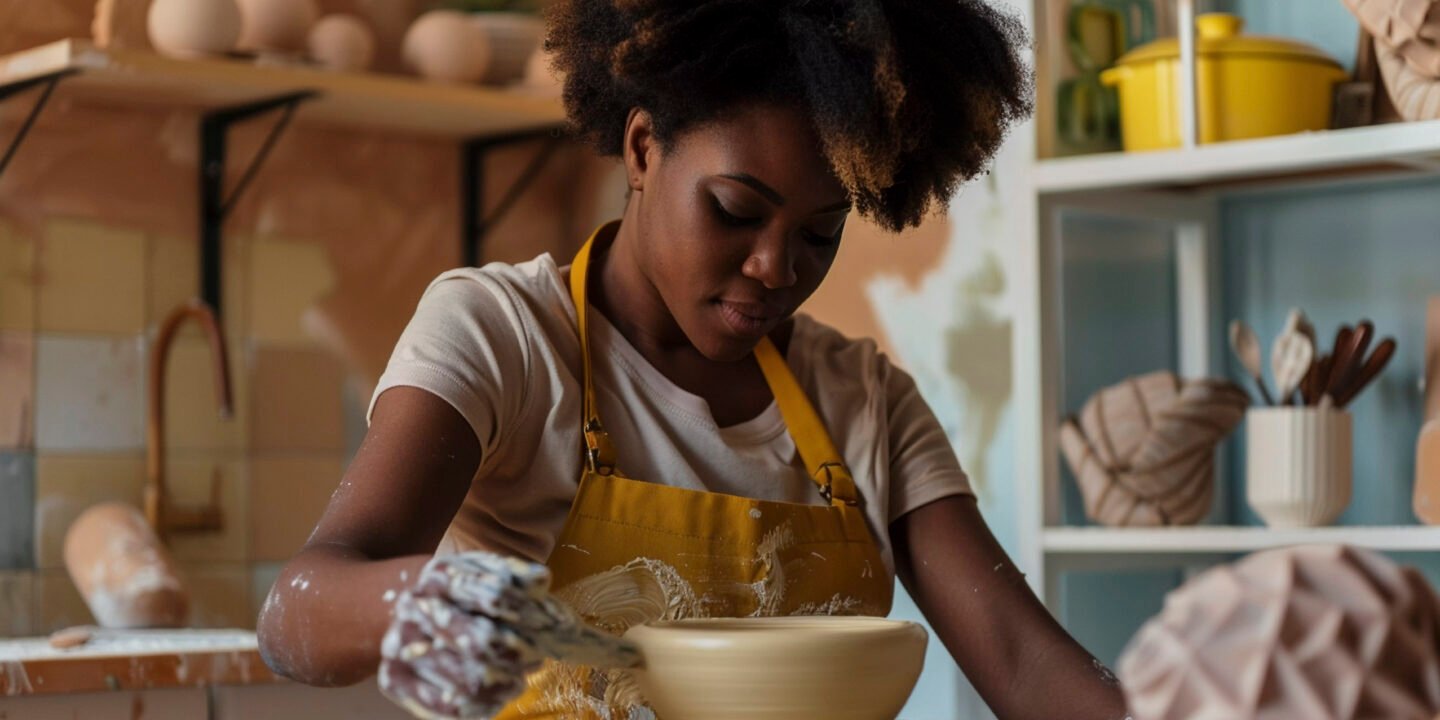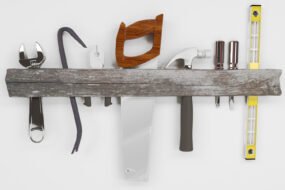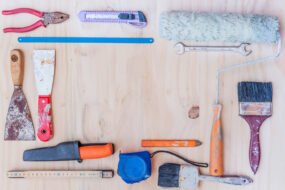
Outline:
1. Introduction
2. Setting Up a Safe Workspace
3. Essential Protective Equipment
4. Tool Safety: Hand and Power Tools
5. Electrical Safety for DIYers
6. Chemical Handling and Storage
7. Ladder and Height Safety
8. First Aid Essentials for DIY Projects
9. Fire Prevention and Safety
10. Conclusion: Prioritizing Safety in Every Project
Audience Consideration:
This content targets DIY enthusiasts of all levels, from beginners to experienced hobbyists. It focuses on providing practical, easy-to-implement safety tips that can prevent accidents and injuries during home improvement and craft projects.
Content:
1. Introduction
Safety should always be your priority, whether hanging a shelf, restoring furniture, or taking on a major home renovation. Let us explore how to keep your DIY adventures exciting and injury-free! Remember the rush of finishing your first DIY project? That sense of accomplishment is incredible, but it is even more satisfying when you can celebrate your success without visiting the emergency room!
Personal Story:
I’ll never forget the day I decided to sand an old dresser without wearing a dust mask. I thought, “It’s just a quick job, what’s the worst that could happen?” Well, I developed irritated lungs and a cough that lasted for days. It was a harsh reminder that cutting corners on safety is never worth it. Now, I always gear up properly, even for small tasks, and I breathe easy knowing I’m protecting my health while pursuing my passion.
DIY projects are about creating, improving, and expressing yourself. But they’re also about taking care of yourself and those around you. Every safety precaution you take is an act of self-love and responsibility. It’s about ensuring that you can continue to enjoy your craft, watch your children grow, and share many more years with your loved ones. Safety isn’t just a set of rules – it’s a commitment to your future and the people who matter most to you.
2. Setting Up a Safe Workspace
A clean, organized workspace is your first line of defense:
- Ensure proper lighting and ventilation
- Keep floors clear of tripping hazards
- Organize tools and materials for easy access
- Set up a sturdy workbench or table
Pro tip: Designate specific areas for different activities (cutting, painting, etc.) to minimize risks.
3. Essential Protective Equipment
Your shield against DIY hazards:
- Safety glasses or goggles
- Hearing protection (earplugs or earmuffs)
- Dust masks or respirators
- Work gloves appropriate for the task
- Steel-toed boots for heavy projects
Remember, the best safety equipment is the one you wear!
4. Tool Safety: Hand and Power Tools
Respect your tools, and they’ll serve you well:
- Keep tools sharp and well-maintained
- Use the right tool for the job
- Unplug power tools when not in use
- Never carry tools by the cord
- Store tools safely out of children’s reach
5. Electrical Safety for DIYers
Don’t let your projects give you a shock:
- Turn off the power at the circuit breaker before working
- Verify that the power is off with a voltage tester.
- Never work on wet surfaces or with wet hands
- Use GFCI outlets in damp locations
- Know your limits – hire a professional for complex electrical work
6. Chemical Handling and Storage
From paints to solvents, handle with care:
- Read and follow all product labels
- Store chemicals in original containers
- Use in well-ventilated areas
- Dispose of chemicals properly
- Keep a chemical inventory and safety data sheets
7. Ladder and Height Safety
Keep your feet on solid ground:
- Choose the right ladder for the job
- Inspect ladders before each use
- Maintain three points of contact while climbing
- Never stand on the top rung
- Use fall protection for high work
8. First Aid Essentials for DIY Projects
Be prepared for the unexpected:
- Keep a well-stocked first aid kit easily accessible
- Learn basic first aid and CPR
- Post emergency numbers near your work area
- Know the location of fire extinguishers and how to use them
9. Fire Prevention and Safety
Don’t let your project go up in smoke:
- Keep a fire extinguisher nearby
- Be cautious with heat guns and soldering irons
- Properly dispose of oily rags to prevent spontaneous combustion
- Never smoke while working with flammable materials
10. Conclusion: Prioritizing Safety in Every Project
Remember, taking a few extra minutes for safety can save you hours of pain and regret. Make safety a habit, not an afterthought, and you’ll enjoy your DIY journey for years.








